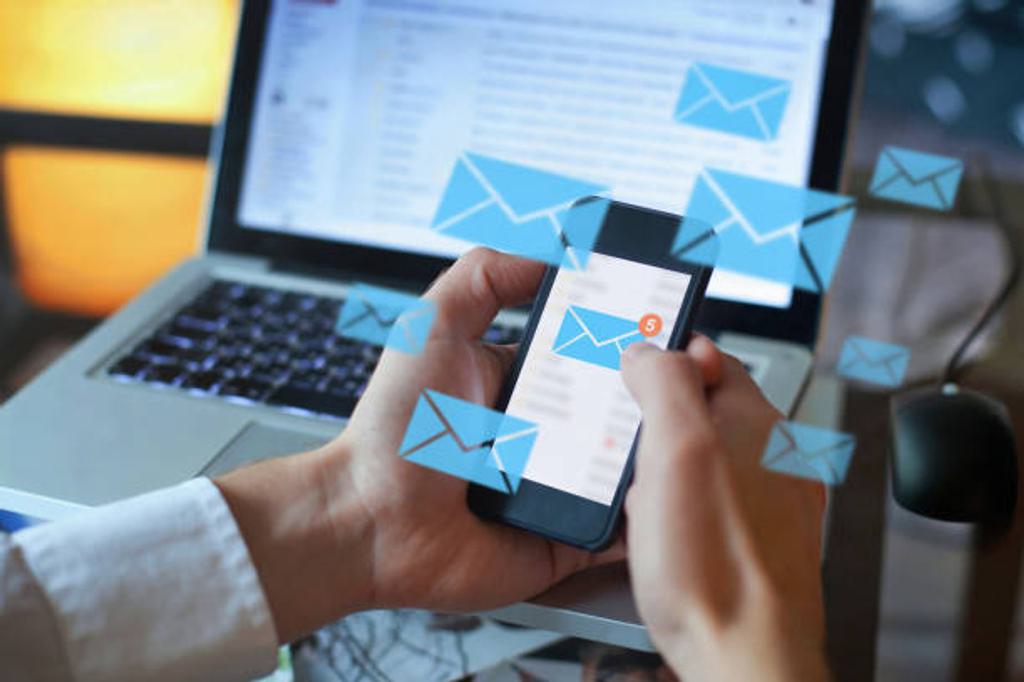Polish Your Personal Brand through Your Emails
This article was originally published on Law.com.
My longtime trusted contact at a promotional products company had quit, so I was assigned a new rep. My first outreach to this individual was an email with details of an order needed for one of my clients – quantity, color, imprint details, date needed. The reply confirmed everything I had requested, except the delivery date, which was about a week beyond the date we needed the stuff. When I replied that the turnaround time listed on their website for the item in question was just a few days, the reply was as follows: “Not with the type of imprint you want.” And then… a sad face emoji.
I was taken aback. I mean, I had not met, spoken, or ever worked with this rep, and having a sad face as part of the reply felt very casual and superficial to me. And, truth be told, I don’t think that the rep was all that sad.
How we opt to communicate in emails, whether we personally know the recipient or not, can go a long way towards not only forging a good working relationship with the recipient, but establishing a strong personal brand. What are you projecting with your emails? Are you professional? Respectful of others’ time and attention? Sincere?
Here are some areas where you might consider improving how you communicate in emails.

Stop with the Emojis
Yes, they’re available with just a quick keyboard shortcut. Yes, they’ve made their way into business communications. Yes, they can set a tone for a statement without the use of words. But…I’m going to say it…they are a crutch. Can you truly and honestly not find the right set of words to convey what you’d like to say?
The Social Psychological and Personality Science Journal, reporting on a study done by a group of university professors, shared that emojis, in fact, do not actually convey the emotion they are intended in business communications. Rather, what they do is make the sender look less professional.
The study claimed that when someone introduces a whimsical or casual element to correspondence, they are seen as not taking the communication or topic seriously. “Our findings provide first-time evidence that, contrary to actual smiles, smileys do not increase perceptions of warmth, and actually decrease perceptions of competence," said one of the research directors.
Talk about a sad face.
Don’t Say “Hey!” (And other bad beginnings.)
A 2024 Wall Street Journal article labelled the word “hey” in messaging “the new, most dreaded word in the workplace.”
The reason? The very beginning of a communication will either draw the reader in…or put them in a full-on defensive stance, as they immediately jump to the worst-case scenario as to what information follows that one word shoulder grab.
“If [the message starts with] ‘hey,’ or ‘hi,’ I’m going down a terrible rabbit hole,” said one interviewee in the article. “My mind goes to the worst places,” said another. The article cited how, because employees spend a majority of their workweek communicating across multiple channels, the intention is often to just jump into the message without pleasantries to save time. However, a 2023 Harris Poll on the State of Business Communication (cited in that WSJ article) reported that one in four workers experience miscommunication multiple times each day.
So, why is that a big deal?
Workplace leaders interviewed for the Harris Poll asserted a direct line between effective communication and overall productivity, profitability, and brand reputation. The poll’s findings called today’s hybrid workplace a “whirlwind of communication” that fosters increased quantity of communication but declining quality. In short, bad communication alienates the recipient, brings morale down, puts business goals at risk and damages the bottom line.
So how should one start an email?
Put the Why in the Subject
A Harvard Business Review article recommends a call to action right in the subject line:
- Looking for Your Feedback on the New Advertisement Draft
- 4th Quarter Reports for Your Review
- Event Rental Budget for Your Approval
This sets you apart from a vague “Checking in” type of subject line for stating your purpose clearly and up front. The recipient knows why you’re reaching out and what’s expected of them before the message is even opened.
Get to the Point More Quickly
While I think we can all agree that “I hope this email finds you well…” has been comically and meme-ically banished from message openings at this point, here are other bad starts, according to business writing trainer Jenny Morse, Ph.D.:
- “I am writing you because…”
- “The purpose of this email is…”
- “I wanted to let you know that…”
- “I was wondering if…”
Spoiler alert: your recipient knows you have a question. They know that you are writing to them, because they are currently reading it. Skip the fluff and don’t waste empty words.
Include a Salutation with Name
While it’s obvious you do have a purpose for the email, and it may require a response, consider the communication to be almost like a conference room meeting. You wouldn’t just walk in and say, “Here are the reports…” right? There’s a hello or introduction, however brief.
Using the opening line of the message to address the recipient by name creates a positive first impression. It can be as simple as “Good morning, [name].” Researchers in a joint study by Stanford University & the University of Chicago found that addressing someone by name at the beginning of an email immediately draws the reader closer to the content. Consider it a digital handshake of sorts.

Abbreviate Your Use of Abbreviations
EOD, KPI, IMHO, OOP, NRN, and so many more.
True, it’s much simpler when you don’t have to type something out, and there is absolutely a time and place for shortcuts when you know the recipient well. But, according to a Helpdesk article, abbreviations can “create a feeling of sloppiness and lack of attention,” or even confuse a reader who may not know the reference. Even worse, it may make you look like someone who doesn’t consider the reader to be worth spelling out the actual phrase… like THX instead of “thank you.” It’s like saying, “I appreciate what you did, but I’m so very important and busy that I simply don’t have the time or interest to actually spell out the words for you.”
The way you electronically communicate says a lot about your intelligence, your professionalism, and how you value the person on the other end of the message. Even an adversary.
Positive, intelligent communications statistically result in faster responses, greater engagement, and a better perception of you as the sender.
Consider upping your e-communications game to reflect and project the pro you are.
Jamie Mulholland has coached attorneys and assisted law firms of all sizes with marketing and business development for twenty-five years. Learn more at mulhollandmarketing.com.
